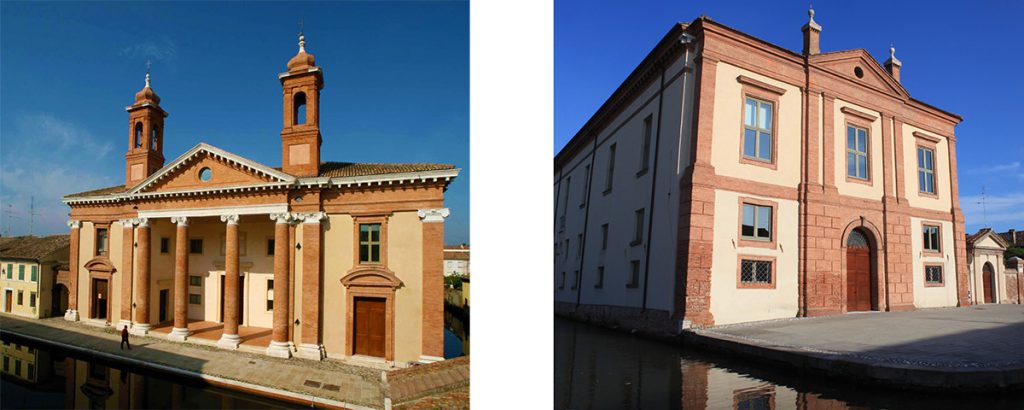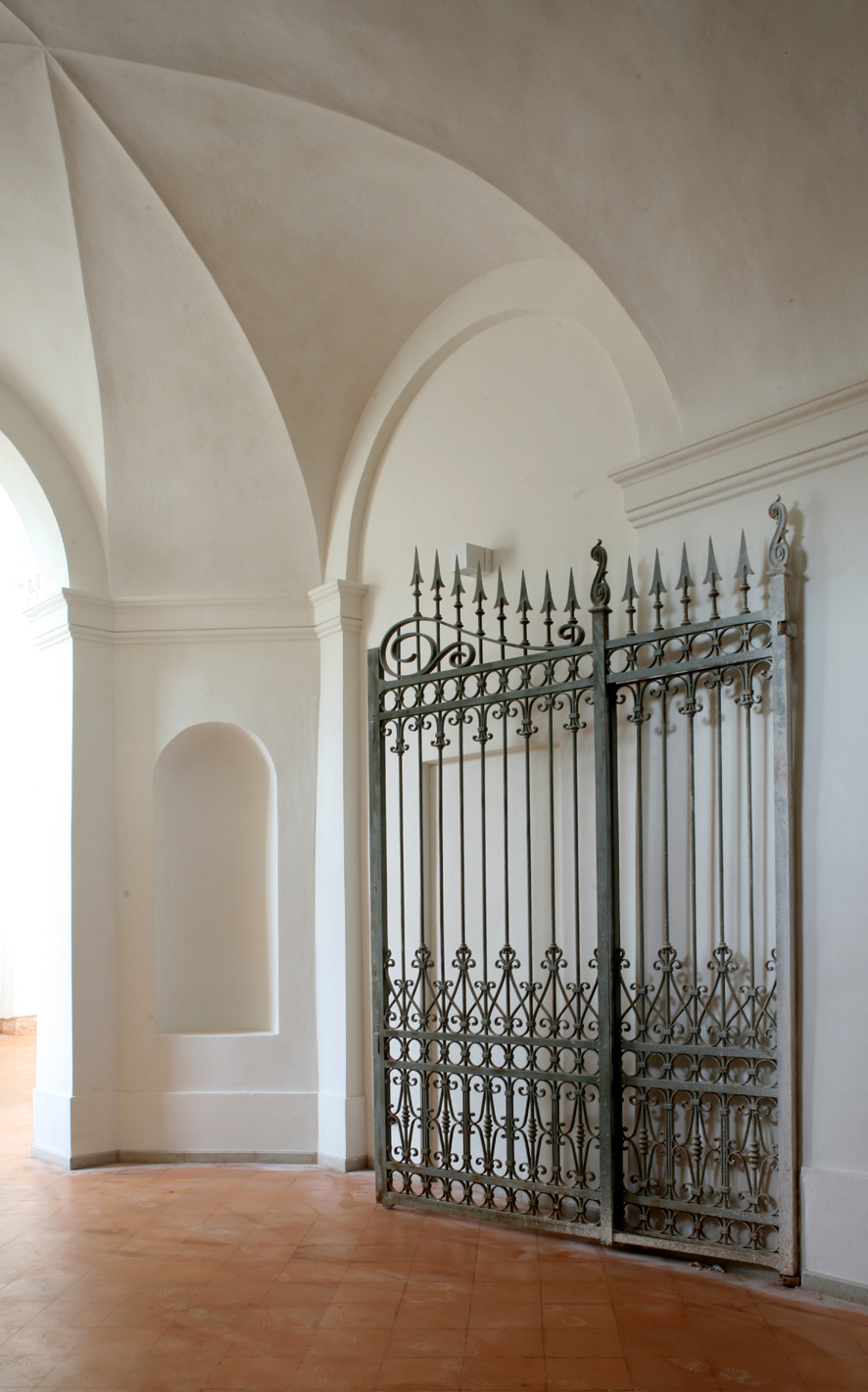Comacchio’s ancient Ospedale degli Infermi is a beautiful and priceless testimony to the style and social debate of Neoclassicism.
Erected between 1778 and 1784, it was built by the municipality of Comacchio promoted by Pope Clement XIV.
Conceived as a "sacred" place, a true temple of health, the Ospedale was erected to help "suffering humanity" – as is stated on the plaque affixed to the main entrance door – "so that poverty and neglect are not an obstacle to achieving health".
Nevertheless, it is also characterized by a highly rational, innovative organization. The project’s commission was entrusted to the architect Antonio Foschini (1741-1813), Venetian by birth but Ferrarese by adoption.
He completed the building’s façade and its main body.
The rear, with its less solemn, but equally exquisite façade, is the work of Ferrara native Gaetano Genta (1750-1837), the architect who replaced Foschini in overseeing the works and completing the building in 1780.
The hospital was inaugurated by a decree of Eugene Napoleon, viceroy of Italy, on 15 May 1811. The facility remained in operation until the late 1970's.
Now as then, the imposing building stands on the low houses that make up the prevailing urban fabric of the city of Comacchio.
The deliberately grand façade consists of a pronaos with four imposing columns supporting a triangular pediment and two lateral bodies, one for the oratory and the other for the pharmacy.
Two bell-gables rise to the sides of the pediment, the ideal continuation of the pilasters that mark the border with the side wings.
The materials play on the contrast between the red of the bricks, the bright white of the Istrian stone, and the warm whites of the plastered parts.
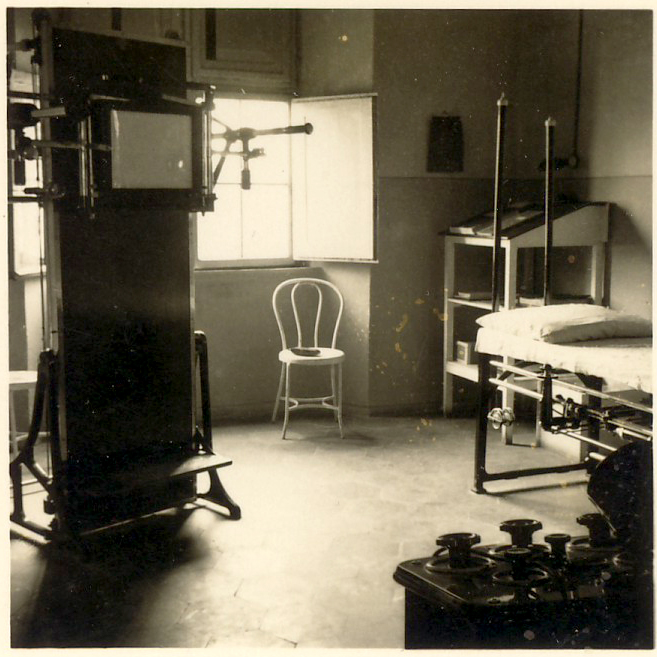

The building’s restoration
Carried out between 1997 and 2013, the restoration returned the building’s interior volumes to their original design, eliminating the partitions built in its large spaces over time to meet the hospital’s needs in addition to the building’s subsequent temporary functions. Today the original structure is again clearly legible, with its remarkable architectural values and clear, rational organization. Ground-floor services included the wood-house (with masonry vaults to contain any possible fires); a laundry room; a cistern for rainwater; food storage facilities; and the kitchen, with two large fireplaces used also to heat patient rooms on the first floor thanks to pipes in the walls. The chaplain’s and the caretaker's apartments were on the mezzanine floor. Hospitalized patients were housed in rooms on the first floor, subdivided into two separate wings, with one for men and one for women. The areas for the sick were large, bright, and well-ventilated, according to innovative, modern criteria. There were also rooms set up as an infirmary, a surgery, and a delivery room. From the women's wing, mass in the oratory could be attended by means of two windows with grilles. The edifice at the back of the building was the doctor's house. The mortuary cell was located in the courtyard.
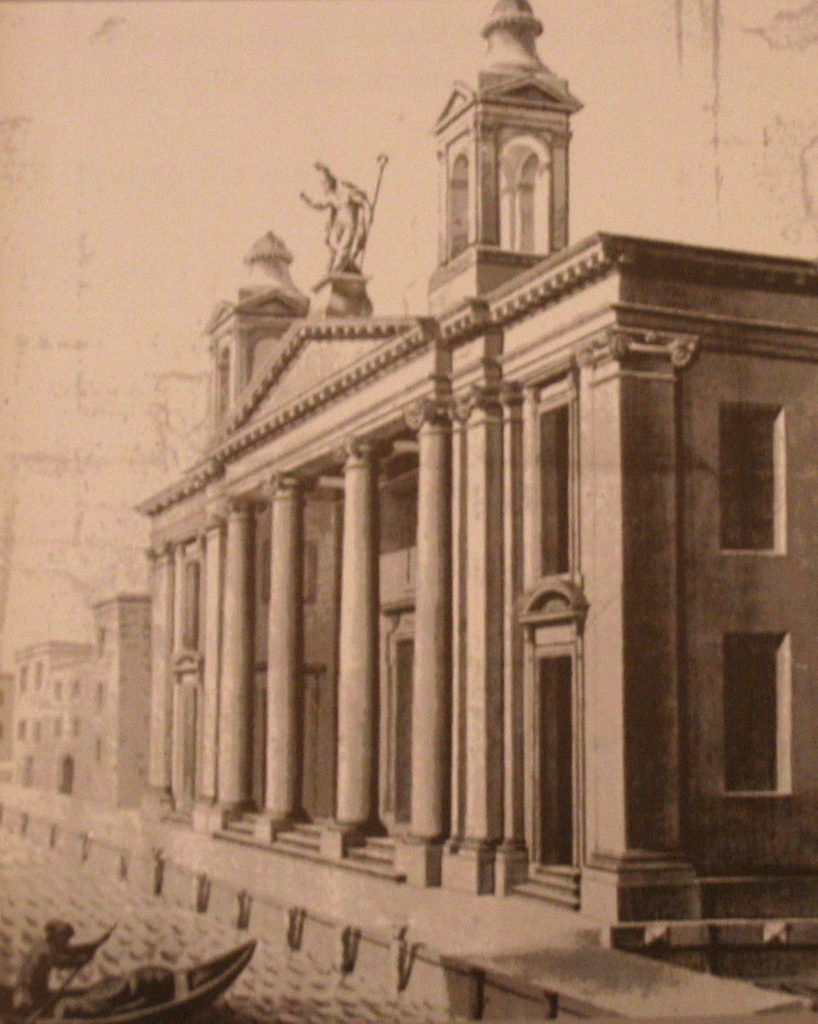
Current use of building
Today the building is used as a museum, sanctioned by the Memorandum of Understanding between the Ministry for Cultural and Environmental Heritage; the Emilia Romagna Region; the Institute for Artistic, Cultural, and Natural Heritage of the Emilia Romagna Region; the Province of Ferrara; and the Commune of Comacchio on 30 January 1997 and by subsequent agreements between the above-mentioned entities.
